Home>Technology>Home Entertainment Systems>How Do You Measure The Size Of A Television?
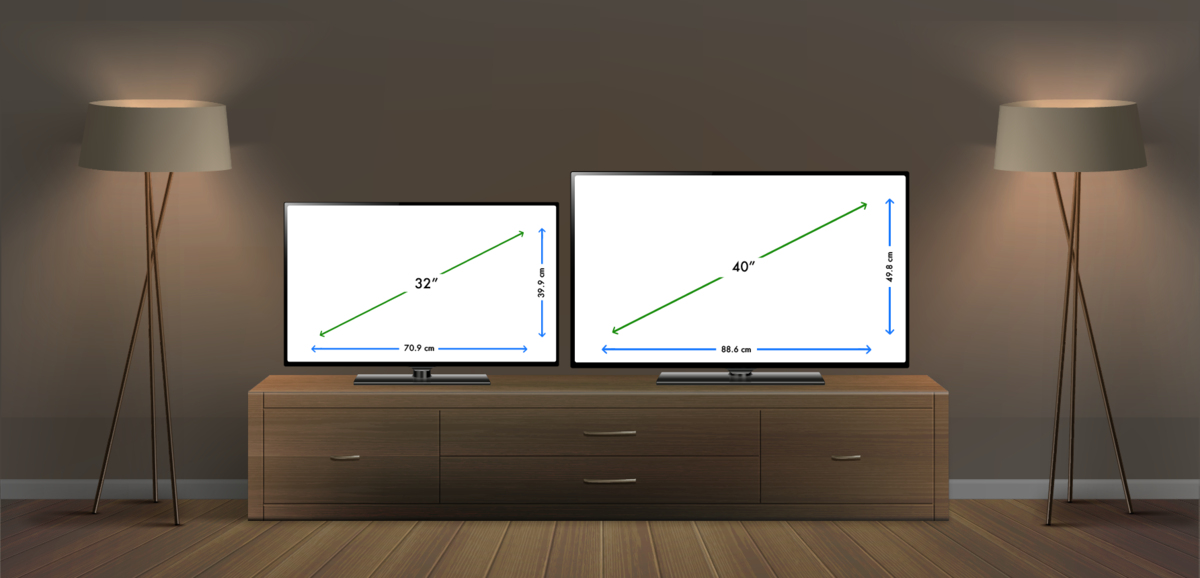

Home Entertainment Systems
How Do You Measure The Size Of A Television?
Modified: January 5, 2024
Learn how to measure the size of a television for your home entertainment system. Find the right dimensions and screen size for your space.
(Many of the links in this article redirect to a specific reviewed product. Your purchase of these products through affiliate links helps to generate commission for Storables.com, at no extra cost. Learn more)
Introduction
Welcome to the world of home entertainment systems, where the size of your television can make a significant impact on your viewing experience. Whether you’re an avid movie buff, a sports enthusiast, or a casual viewer, understanding how to measure the size of a television is crucial when making a purchase decision. In this article, we’ll delve into the various aspects of measuring television size, including the screen dimensions, overall size, and the importance of aspect ratio. By the end of this journey, you’ll have a comprehensive understanding of how television size is determined and how it can influence your home entertainment setup.
Key Takeaways:
- Measure the screen size of a TV by using a tape measure to find the diagonal length. This helps you choose the right TV for your room and viewing distance.
- Consider the overall size and aspect ratio of a TV to ensure it fits your space and displays content properly. Understanding these factors enhances your viewing experience.
Read more: How Do You Measure A Ceiling Fan Size
Measuring the Screen Size
When it comes to television size, the measurement of the screen itself is a key factor. The screen size is typically represented by the diagonal length of the display, measured in inches. This measurement is taken from one corner of the screen to the opposite corner, encompassing the entire visible area. It’s important to note that the screen size does not include the bezel or frame surrounding the display, focusing solely on the viewable screen area.
Measuring the screen size of a television is a straightforward process. Using a tape measure or ruler, start from one corner of the display and extend the measuring tool to the opposite corner in a straight line. This will provide you with the diagonal measurement, which is the standard unit used to denote television screen size. It’s worth mentioning that the screen size alone doesn’t provide a complete picture of the television’s overall dimensions, so it’s essential to consider the complete physical size of the TV for practical placement in your living space.
Understanding the screen size of a television is crucial when determining the optimal viewing distance. Larger screens typically require a greater viewing distance to fully appreciate the content without experiencing visual strain, while smaller screens may necessitate a closer seating arrangement for an immersive viewing experience. By grasping the screen size and its implications on viewing distance, you can make an informed decision when selecting a television that complements your living room or home theater setup.
Measuring the Overall Size
While the screen size provides valuable insight into the viewing experience, it’s equally important to consider the overall dimensions of the television. Measuring the overall size encompasses the width, height, and depth of the TV, including the bezel and stand, if applicable. This comprehensive measurement is essential for determining the physical footprint of the television and its compatibility with your entertainment unit or wall space.
To measure the width of the television, place the measuring tool horizontally from the far left edge to the far right edge, encompassing the entire width of the TV, including the bezel. Next, measure the height by placing the measuring tool vertically from the top edge to the bottom edge, accounting for the full height of the TV, including the bezel and stand. Finally, to measure the depth, place the measuring tool perpendicular to the screen, capturing the thickness of the TV and any protruding components at the back.
When considering the overall size of a television, it’s important to account for any additional features that may impact its placement. For instance, if the TV includes a swivel stand, you’ll need to consider the space required for the TV to rotate freely. Similarly, if you plan to mount the television on a wall, understanding the overall dimensions will guide you in selecting an appropriate wall mount that can support the TV securely while complementing your room’s aesthetics.
Measuring the overall size of a television is instrumental in ensuring a seamless integration into your living space. By taking into account the width, height, and depth, you can envision how the TV will fit within your entertainment area, whether it’s nestled within a custom cabinet, mounted on a wall, or showcased on a dedicated TV stand. This holistic approach to measuring the overall size empowers you to make an informed decision that aligns with your spatial requirements and interior design preferences.
When measuring the size of a television, always use the diagonal measurement from one corner to the opposite corner of the screen. This will give you the accurate size of the TV.
Understanding Aspect Ratio
When exploring the dimensions of a television, understanding aspect ratio is paramount in comprehending the visual presentation of content on the screen. Aspect ratio refers to the proportional relationship between the width and height of the display. It is typically expressed as two numbers, such as 16:9 or 4:3, representing the width relative to the height. This ratio plays a significant role in how images and videos are displayed, impacting the viewing experience across various types of content.
The most common aspect ratio for modern televisions is 16:9, often referred to as widescreen. This wider format is well-suited for high-definition content, including Blu-ray discs, streaming services, and digital broadcasts. The 16:9 aspect ratio provides a broad canvas for cinematic experiences, allowing for immersive viewing of movies and TV shows with minimal letterboxing, the black bars that appear at the top and bottom of the screen when the content’s aspect ratio differs from that of the TV.
On the other hand, the traditional 4:3 aspect ratio, prevalent in older CRT televisions, has been largely replaced by the widescreen format. However, some specialized content, such as certain classic films and television programs, may still be presented in the 4:3 aspect ratio. Understanding the aspect ratio of your television is essential for optimizing the display of diverse content, ensuring that images and videos are presented in their intended format without distortion or cropping.
With the advent of ultra-wide and 4K televisions, additional aspect ratios have emerged, offering unique visual experiences for both entertainment and productivity. For instance, ultra-wide monitors often feature a 21:9 aspect ratio, catering to immersive gaming and multitasking capabilities. Meanwhile, 4K televisions boast a resolution of 3840 x 2160 pixels, delivering stunning clarity and detail within the 16:9 aspect ratio, thereby enhancing the viewing experience for ultra-high-definition content.
By understanding aspect ratio and its implications on content display, you can appreciate the versatility of your television in presenting a wide array of media, from classic films to cutting-edge digital content. This awareness empowers you to leverage your television’s aspect ratio to its fullest potential, immersing yourself in a captivating visual journey across various genres and formats.
Conclusion
As we conclude our exploration of television size measurement, it’s evident that the dimensions of a television encompass more than just the screen size. By delving into the screen size, overall dimensions, and aspect ratio, we’ve gained a holistic understanding of how these factors converge to shape the viewing experience and integration of a television into our living spaces.
Measuring the screen size provides a fundamental insight into the immersive potential of a television, guiding us in determining the optimal viewing distance and visual impact. Understanding the overall size of a television empowers us to envision its physical presence within our homes, whether it’s nestled within a custom entertainment unit or elegantly mounted on a living room wall. Additionally, grasping the significance of aspect ratio illuminates the diverse visual experiences that our televisions can deliver, from cinematic escapades to immersive gaming and productivity.
Moreover, the evolution of television technology, from standard definition to high definition and beyond, has ushered in a new era of visual storytelling, where aspect ratios and screen sizes play pivotal roles in enhancing our engagement with content. Whether we’re captivated by the sweeping vistas of a widescreen epic or immersed in the detailed canvas of ultra-high-definition imagery, our televisions serve as gateways to boundless realms of entertainment and information.
Ultimately, the measurement of a television’s size transcends mere numbers; it encapsulates the potential for shared moments of laughter, awe, and inspiration within the comfort of our homes. As we navigate the landscape of television size measurement, let us embrace the convergence of technology and artistry, where pixels and proportions converge to kindle our imagination and enrich our lives.
So, as you embark on your quest for the perfect television, armed with the knowledge of measuring screen size, overall dimensions, and aspect ratio, may your viewing experiences be as expansive as the dimensions of your chosen screen, and may the stories that unfold within its frame inspire and enthrall you for years to come.
Frequently Asked Questions about How Do You Measure The Size Of A Television?
Was this page helpful?
At Storables.com, we guarantee accurate and reliable information. Our content, validated by Expert Board Contributors, is crafted following stringent Editorial Policies. We're committed to providing you with well-researched, expert-backed insights for all your informational needs.
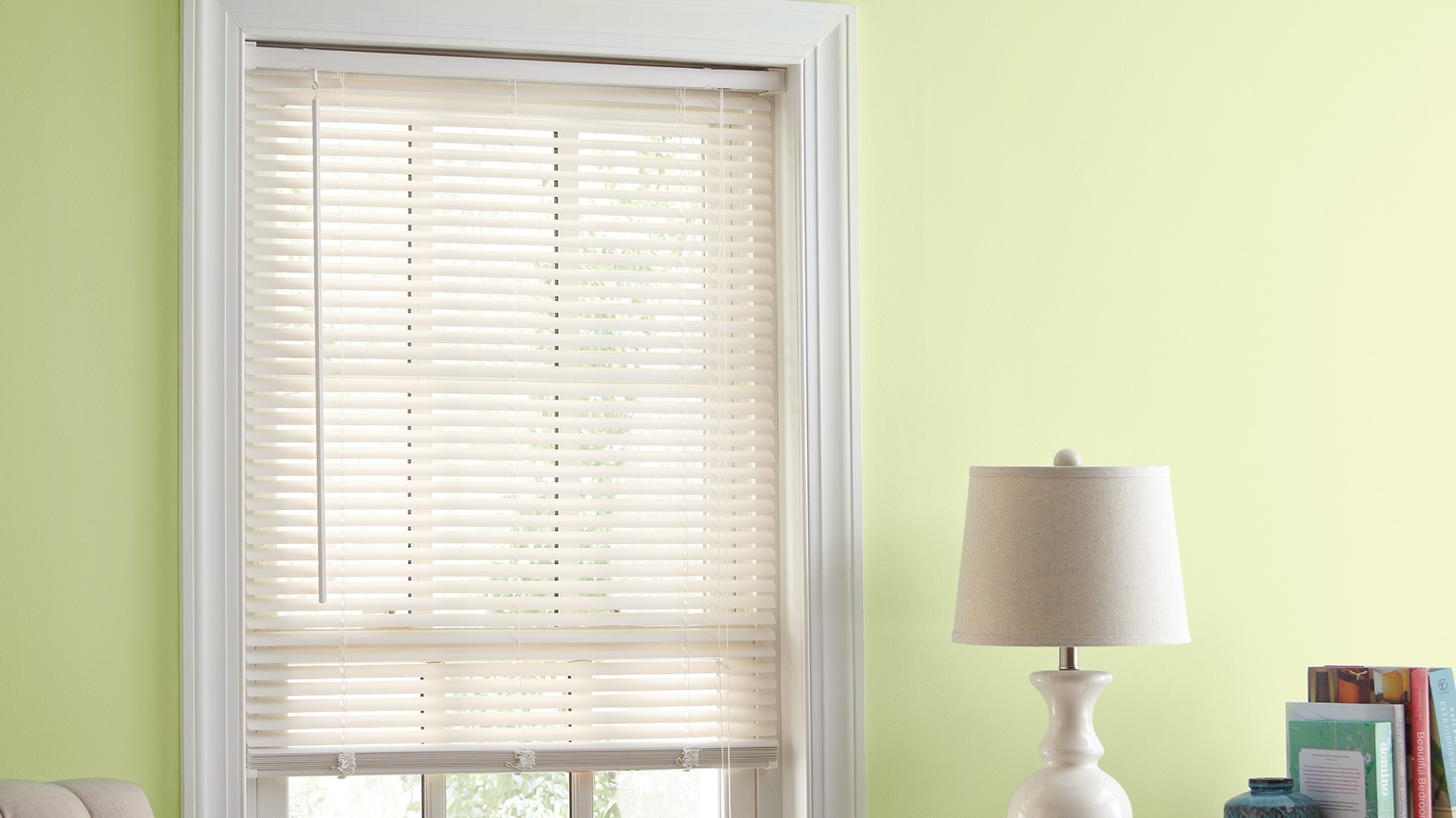

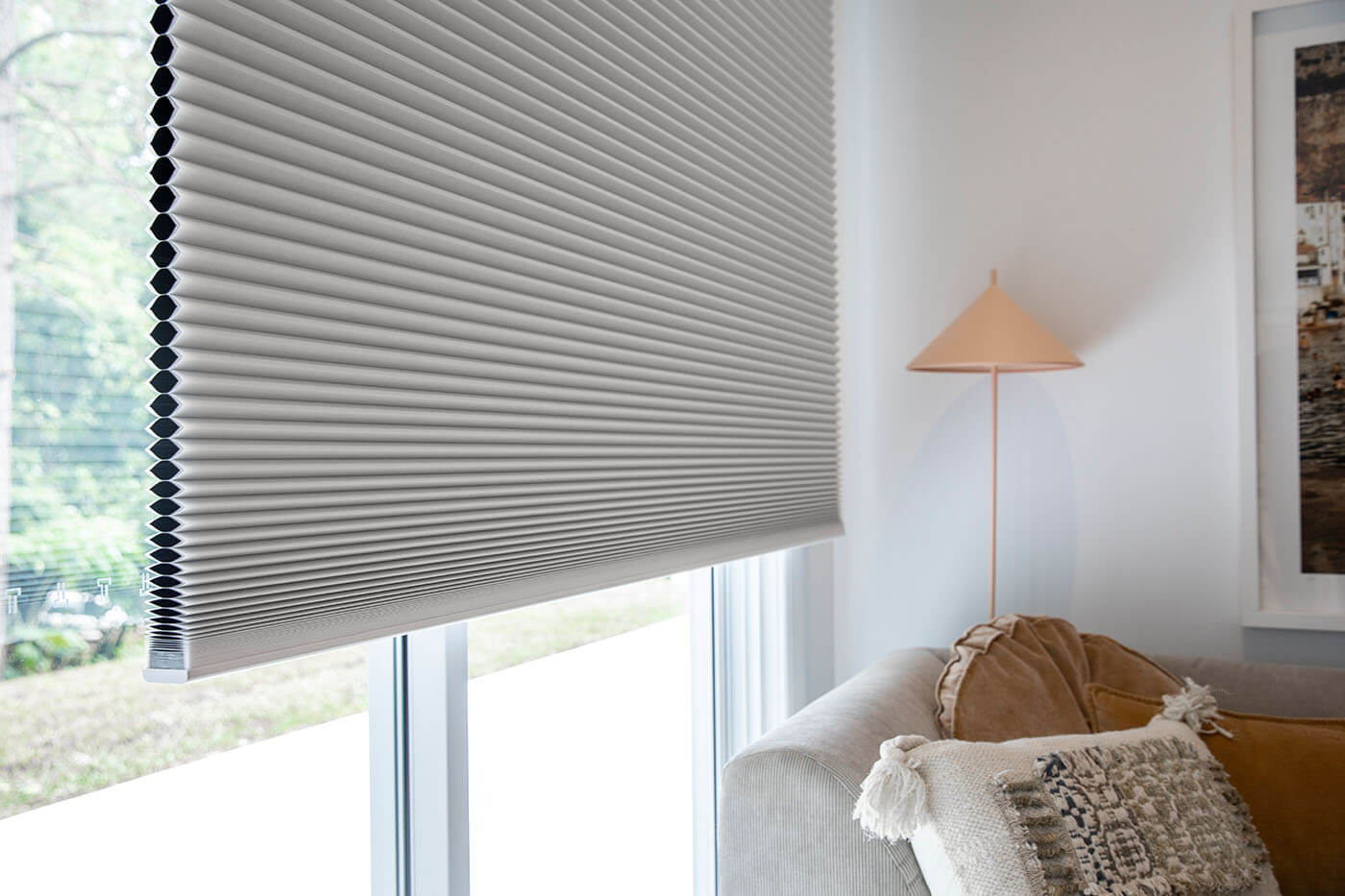


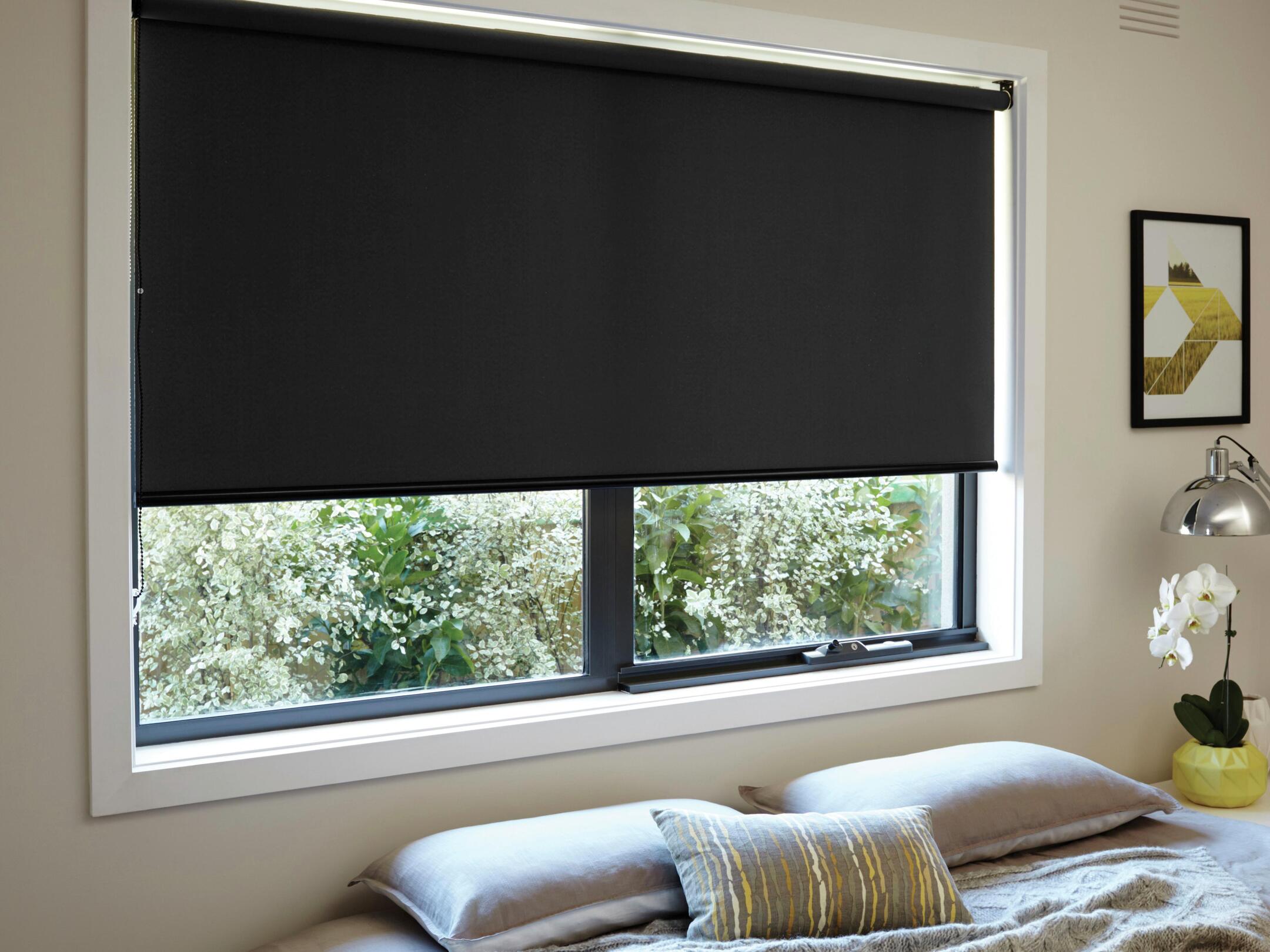

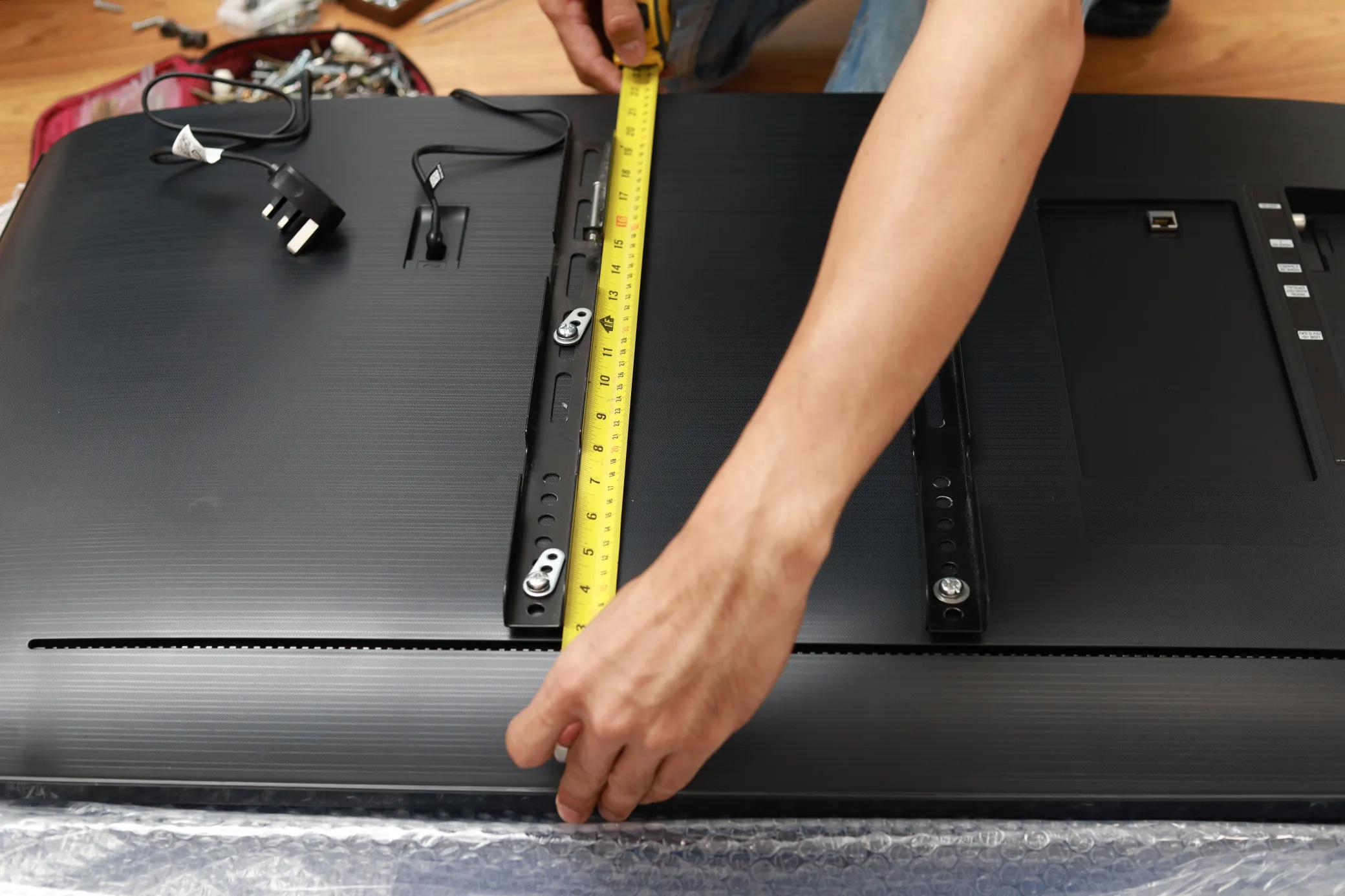
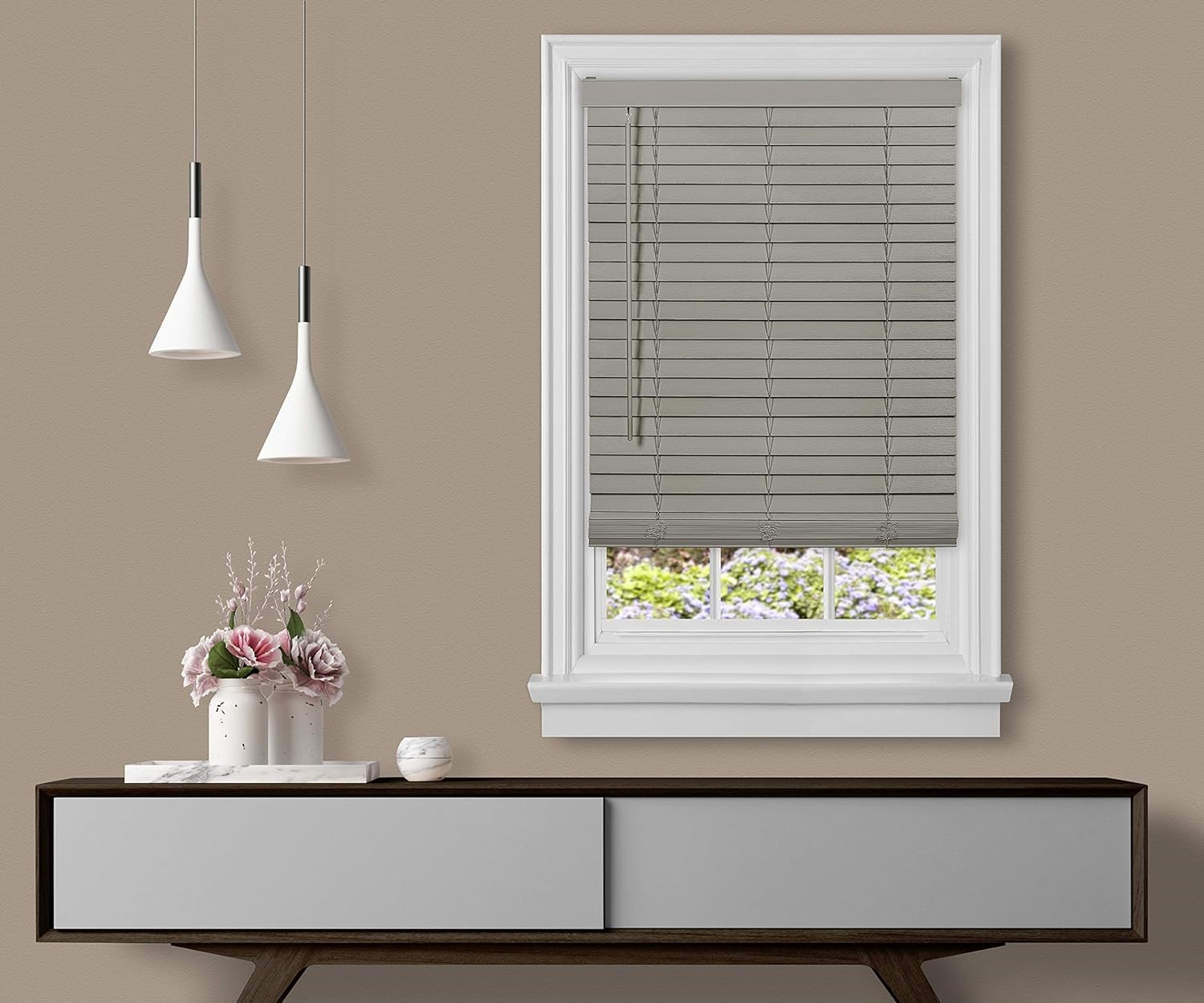

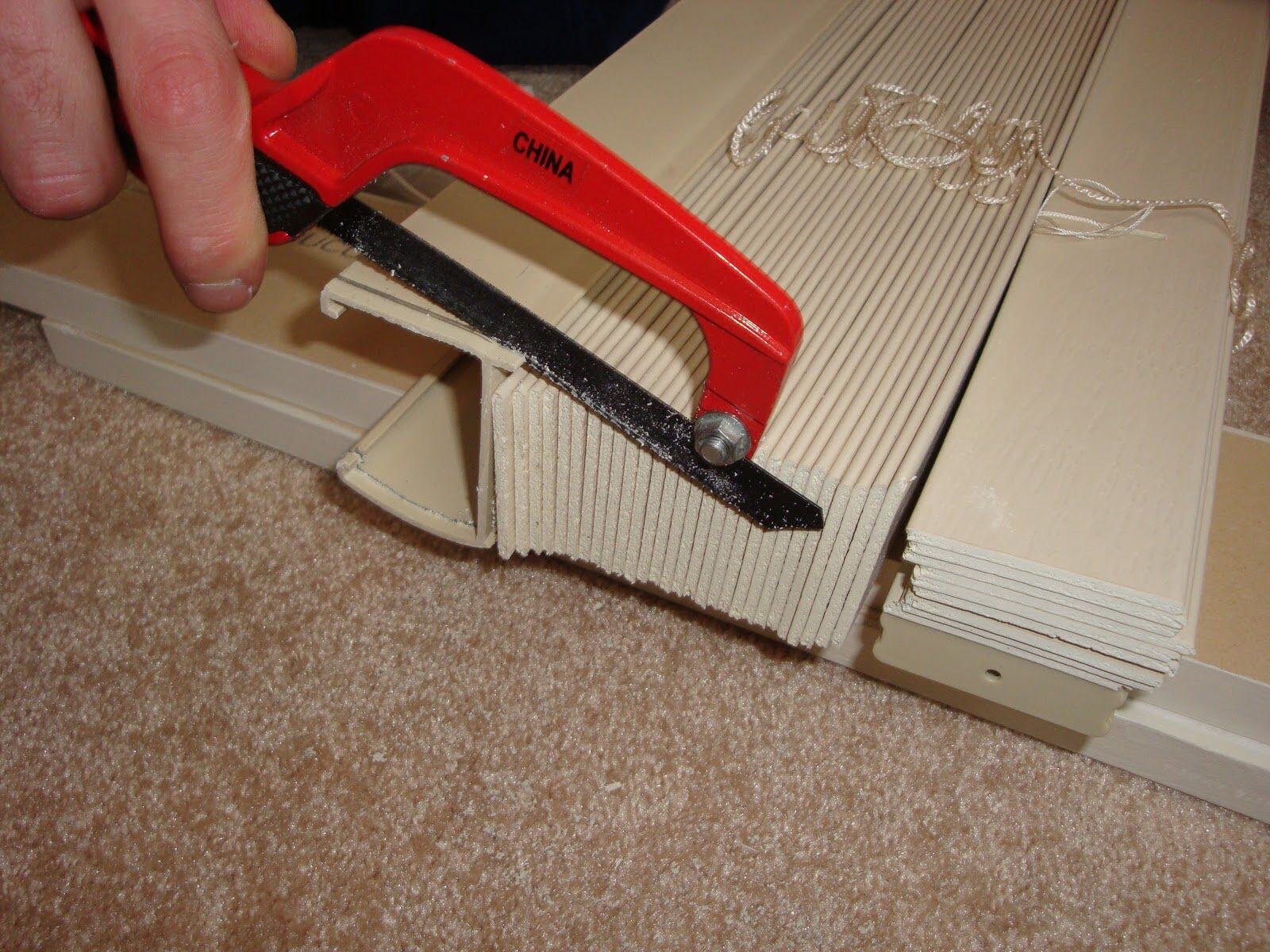





0 thoughts on “How Do You Measure The Size Of A Television?”